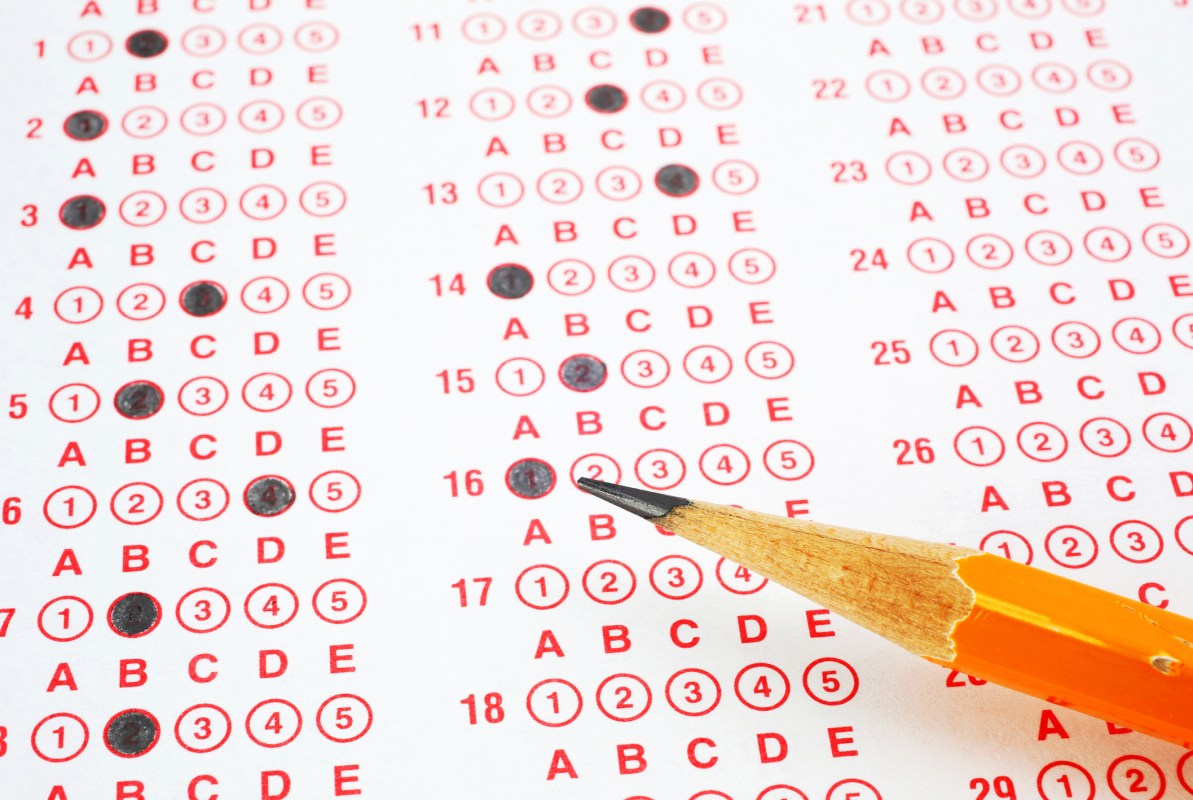The Scholastic Aptitude Test, better known as the SATs, will soon come with an “adversity score” when a student’s profile sits before a college admissions board in order to inform them of any hardships the would-be underclassmen have had to overcome.
Factors like educational or socioeconomic disadvantage that may have contributed to a student’s lower score will be known to collegiate officers, the College Board, the company that administers the test, said Thursday.
There have long been concerns amongst colleges, the New York Times explains, that have noticed patterns over the years that seem to affect certain racial and economic groups — especially when juxtaposed against the typically higher SAT scores of students who come from wealthier, better educated households of usually white or Asian ethnicities.
The College Board has tested this tool on about 50 colleges so far and has plans to roll it out, officially, to 150 schools this year and more broadly by 2020.
The so-called “adversity score” would be a number between 1 and 100, with an average student scoring 50. Some 15 factors come into play when determining any given pupil’s score, — which the student will not be made aware of — like the general quality of the student’s high school and the crime rate and poverty level of the student’s home neighborhood.
“We’ve got to admit the truth, that wealth inequality has progressed to such a degree that it isn’t fair to look at test scores alone,” David Coleman, chief executive of the College Board said. “You must look at them in context of the adversity students face.”
Editor’s Note: RealClearLife, a news and lifestyle publisher, is now a part of InsideHook. Together, we’ll be covering current events, pop culture, sports, travel, health and the world.
Thanks for reading InsideHook. Sign up for our daily newsletter and be in the know.















